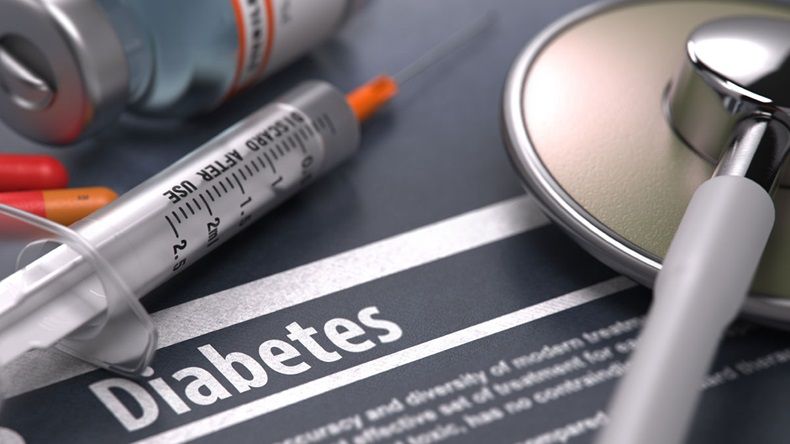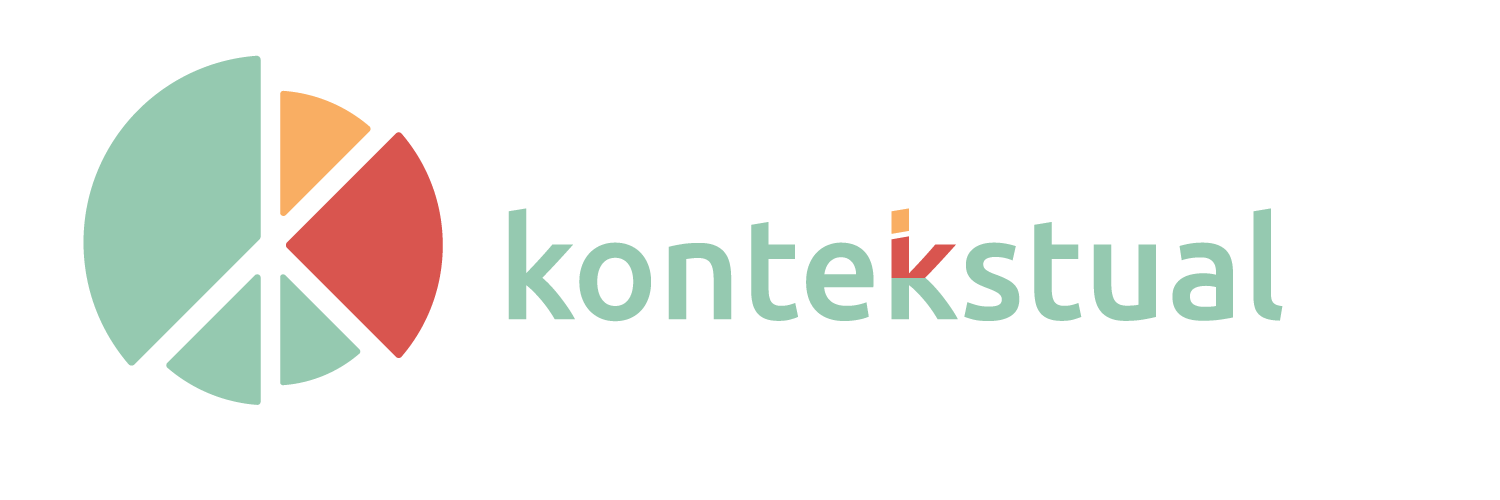Biosimilar Insulin: Breaking the Monopoly of the Global North

Ilustration. Photo: Shutterstock
Insulin is an important treatment for diseases such as diabetes, but the price of the drugs are relatively high which leads to the lack of affordability. Ten countries with the highest insulin price are United States ($98.70), Chile ($21.48), Mexico ($16.48), Japan ($14.40), Switzerland ($12.46), Canada ($12.00), Germany ($11.00), Korea ($10.30), Luxembourg ($10.15), and Italy ($10.03) (World Population Review, 2022). For the high income countries that have the capacity to produce, to control and to pay for their need of insulin might not be as concerning as countries like China, India, and Indonesia and the only way getting it is to submit to the these set prices. If this prolongs, then people that have diabetes are forced to submit to their high prices, or not receive treatment at all which lead to an increased of death rate. Why then the price of a hundred-year-old drugs stay relatively high? This paper will emphasize the emergence of biosimilar insulin in the south states as a way to break free from the north-host-pharmaceutical companies monopolistic insulin market.
Insulin Supply Chain: North-South Exploitative Relations
Insulin supply chain is characterised by the dominant power of market in the north states. Although liberal states like the US may have some controls to regulate the cost of drugs, but the patent law is hardly to be violated. The ideological structure in which the state has minimal control over the private sector makes the market power more prominent than state power. The possession of market power by pharmaceutical companies paints the insulin supply chain to be “exploitative” one. Whereas multinational pharmaceutical companies like Eli Lilly emphasize more on the profit rather than the welfare, the state has a relatively balanced interest between welfare and profit. This is what leads to the monopolistic market of insulin that is controlled by the pharmaceutical companies.
By exploitative, it means that the pharmaceutical companies hold a dominant control over the production, thus the price of the insulin is tightly controlled by western pharmaceutical companies like Sanofi, Novo Nordisk, and Eli Lilly (Popli, 2023).This happened because only Sanofi, Novo Nordisk, and Eli Lilly have the knowledge and the technology to create Insulin. The creation of Insulin is not as simple as other drugs because it is a therapeutic biological product (T1International, 2019). Because of this, the process of producing Insulin becomes complicated and needs special training and technology to create Insulin thus making it hard for other companies to enter the market. Not just that, because of numerous patents by the “big three” pharmaceutical companies, it is hard for other companies to even enter the market in the first place (T1International, 2019).
The effect of the big three dominating the production of Insulin, they can easily change the insulin price for the whole world. For instance, in 2012 The legal firm Hagens Berman has filed a case in Massachusetts against Eli Lilly, Novo Nordisk, and Sanofi because of the price list for Lantus, Levemir, Novolog, and Humalog have climbed more than 160%, but rates supplied to pharmacy benefit managers have remained stable or even reduced (T1International, 2017).
The insulin monopoly by North Pharmaceutical companies, when viewed through a World-System Theory lens, highlights the dynamics of power and exploitation inherent in North-South relations within the global capitalist system. The core countries, primarily located in the Global North, possess the technological expertise and resources necessary for insulin production, enabling them to establish and maintain a monopoly. This perpetuates a pattern of unequal exchange, where peripheral countries in the Global South are forced to rely on the core countries for insulin supply at exorbitant prices. The monopolistic control exerted by North Pharmaceutical companies reinforces the existing disparities in wealth and resources between the North and the South, deepening the dependency of peripheral countries on the core. Addressing this issue requires confronting the systemic imbalances in global trade, reducing barriers to entry, and promoting equitable access to affordable insulin for all nations, irrespective of their position within the world system.
The characteristic of the insulin supply chain above creates an exploitative relation towards the state, especially the south in a form of manufacturing monopoly.
The Case of Monopoly: Repatenting Insulin
One of the way for these companies to pave their way to the top of the pyramid is by “evergreening”, a process to make incremental improvements to extend the life of their patents (Greenie & Riggs, 2015). These improvements are not done to increase the supply stock or to elevate the efficiency of insulin use, but rather to hold a firm grip on the monopoly of insulin production by making sure that these companies are the only one who can produce the insulin. What was first intended to be sold for $1 to ensure access to this essential medicine, now pharmaceutical companies are income-oriented. This will further slow down the development of generic insulin.
Despite the evergreening process, pharmaceutical companies also hold a firm grip on the distribution of insulin supply. According to Herman and Kuo (2021) insulin availability and price are worse in poor and middle-income nations than in high-income ones, but affordability remains a problem in high-income countries. According to a new report by the WHO, the reasoning why affordability and availability for insulin is still a problem is because of the few producers dominating the insulin market. The report also stated that the market shift from human insulin to analogues imposed an untenable financial burden to lower income countries.
The Need for Biosimilar Insulin in China, India, and Indonesia
Due to the lack of means to the insulin resources, some countries are now trying to find alternatives for insulin, one option is biosimilar–defined by WHO as “a biological product that is shown to be highly similar in terms of its quality, safety and efficacy to an already licensed reference product”–, in this sense is the biosimilar insulin (WHO, 2022). Biosimilar insulin can be seen as a cheaper yet still effective alternative from Insulin. BRICS-TM countries like China and India has taken the footstep on this issue. Some Chinese pharmaceutical companies have started the research and production of biosimilar insulin and India has also followed China’s footsteps, and now Indonesia itself has started to research the way to create biosimilar insulin. “Southern countries” or “Global South” countries are trying to break free against Western pharmaceutical companies’ monopoly of Insulin by developing biosimilar insulin.
Diabetes prevalence is on the rise in China, with an expected increase from 8.2% to 9.7% among Chinese adults aged 20-79 (Liu et al., 2023). This surge will impose a significant economic burden on China, with costs projected to rise from $250.2 billion to $460.4 billion, affecting the country’s GDP as well (Liu et al., 2023). To address this challenge, China has embarked on researching and producing biosimilar insulin, exemplified by the efforts of Gan & Lee, a Chinese pharmaceutical company committed to developing biosimilar insulin to expand treatment options, reduce healthcare costs, and alleviate the financial burden of diabetes (Hagen, 2021).
Similarly, India has witnessed a substantial increase in diabetes prevalence, with estimates suggesting that 98 million Indians will have diabetes by 2030 (The Times of India, 2022). As a result, India is increasingly relying on insulin to manage the growing number of diabetes cases. Numerous Indian pharmaceutical companies, such as Biocon, have conducted research and produced biosimilar insulin, including Insulin Glargine, with the aim of providing affordable insulin care to patients worldwide (Biocon, 2020).
Indonesia also faces a rising diabetes burden, with an estimated 19.4 million diagnosed cases in 2021, projected to reach 23.3 million in 2030 and 28.5 million in 2045 (Indonesia Diabetes Report 2000 – 2045, n.d.). Similar to India and China, Indonesia heavily depends on insulin from Western pharmaceuticals, primarily imported (BPOM; BRIN, 2022). The high cost of imported Diabetes Mellitus medicine poses a burden for BPJS, prompting Indonesia to embark on the research and development of biosimilar insulin to alleviate healthcare costs (BRIN, 2022).
In summary, the increasing prevalence of diabetes in China, India, and Indonesia has led these countries to explore the production of biosimilar insulin as a means to address the economic and healthcare challenges associated with the disease. These efforts aim to provide affordable treatment options and reduce reliance on imported insulin from Western pharmaceutical companies.
Challenges on Biosimilar Insulin Development
Within the rise of biosimilar insulin innovation, it does not mean that it has not face some serious challenges. Two of the most prominent challenges that are faced by BRICS-TM (Brazil, Russia, India, China, South Africa, Turkey, Mexico) are the divergent regulatory framework in emerging countries and the increased cost of biosimilar development (Rahalkar et al, 2022). These two problems branched into four main aspects: (1) guidelines, evaluation and approval process, (2) process effectiveness, (3) development parameters, and (4) market access and pricing which all four stumble upon their own roadblock.
Compared with ASCS (Australia, Canada, Switzerland and Singapore), BRICS-TM is not as quite successful as ASCS in terms of efficiency of the regulatory approval process (Rahalkar, 2021). As of Indonesia, regulation has been made such as “Peraturan Kepala Badan Pengawas Obat Dan Makanan Republik Indonesia Nomor 17 Tahun 2015 Tentang Pedoman Penilain Produk Biosimilar” and “Peraturan Kepala Badan Pengawas Obat dan Makanan Nomor 16 Tahun 2015 tentang Tata Laksana dan Penilaian Proses Obat Pengembangan Baru” (Wadiana & Ningrum, 2016). Indonesia’a research governmental organization, Badan Riset dan Inovasi Nasional (BRIN), as of in 2022 is still doing a research about the possibility and the development of biosimilar insulin and has shown a positive result (BRIN, 2022).
In Conclusion, we see that multiple countries that are mostly considered as “southern” countries try to break free from their dependency on Western pharmaceutical insulin by researching and producing biosimilar insulin. The reasoning is that biosimilar insulin can be produced cheaper than traditional insulin yet has similar effectiveness and by making their own biosimilar insulin, countries can finally be independent from insulin prices that are controlled by western pharmaceuticals. China has a pharmaceutical that has developed a biosimilar insulin, India has a pharmaceutical that has successfully created a biosimilar insulin that is accessible for the public, and lastly Indonesia has started the research and development of biosimilar insulin. Even though biosimilar development has been estimated to grow, the challenges it faces might slow things down.
Paramasatya Rakha Abiyoga and Falah Mar’ie Amanullah are students at Universitas Gadjah Mada. They can be found on Instagram with username @yoga_katan_17 @flh.ma





